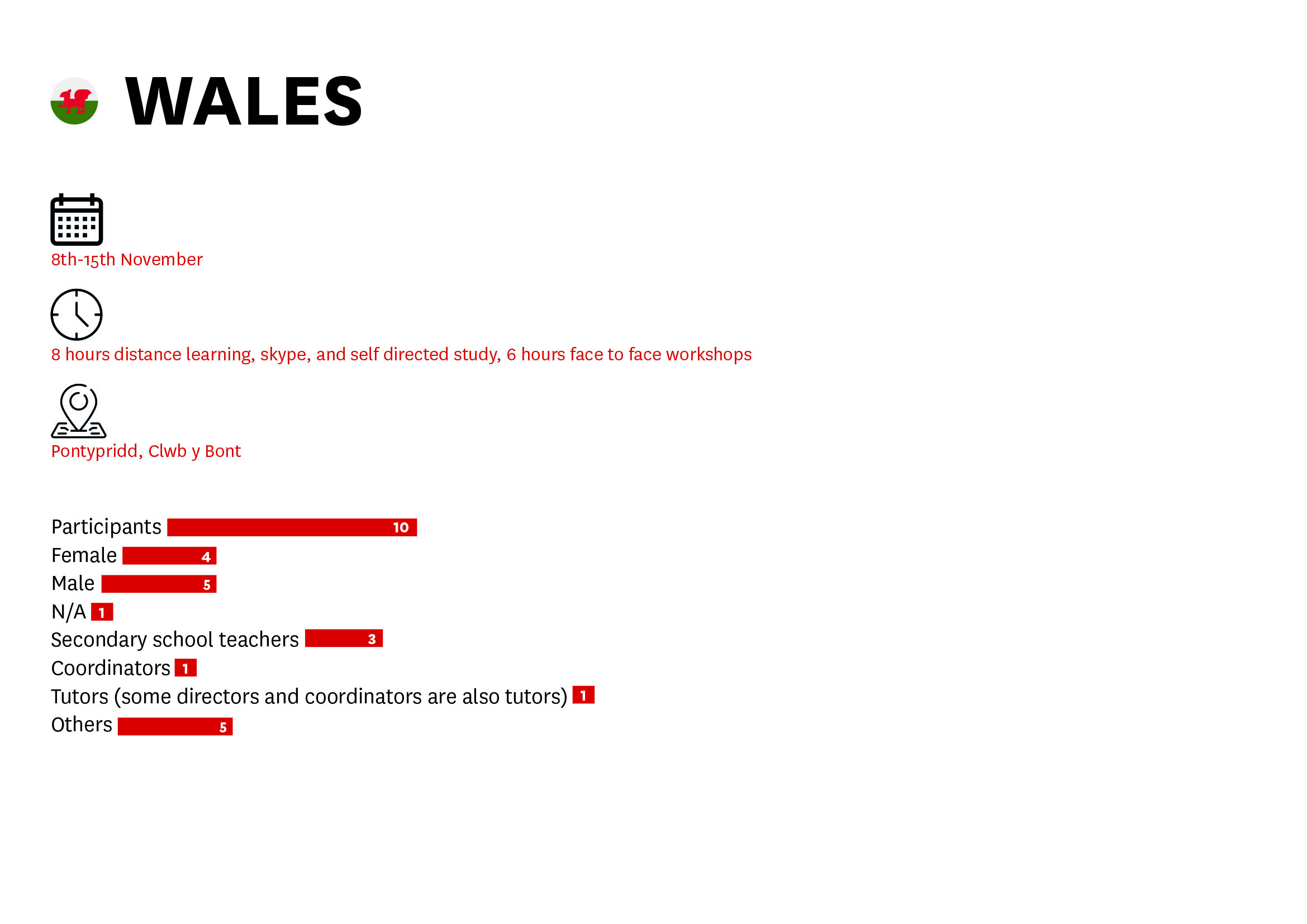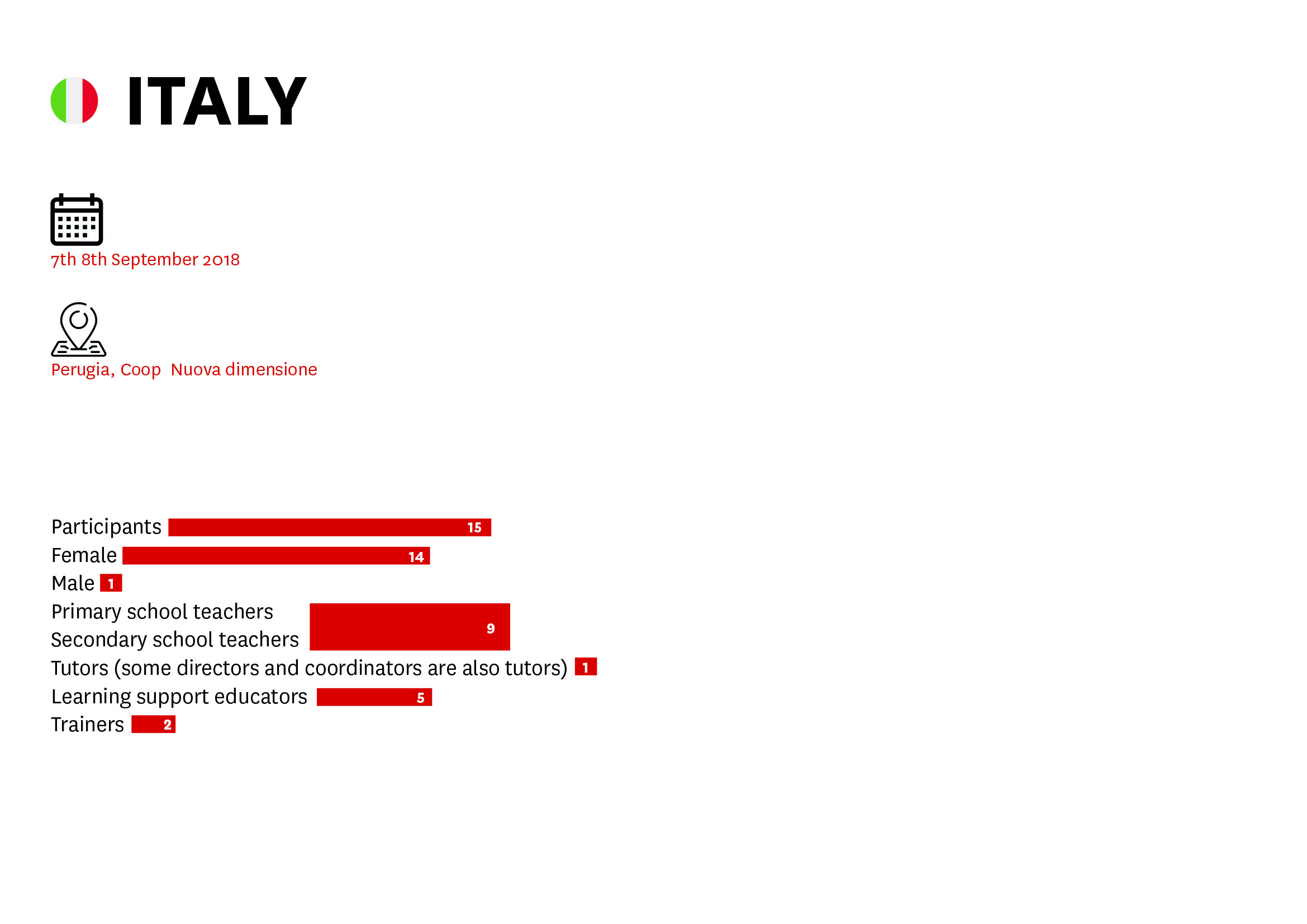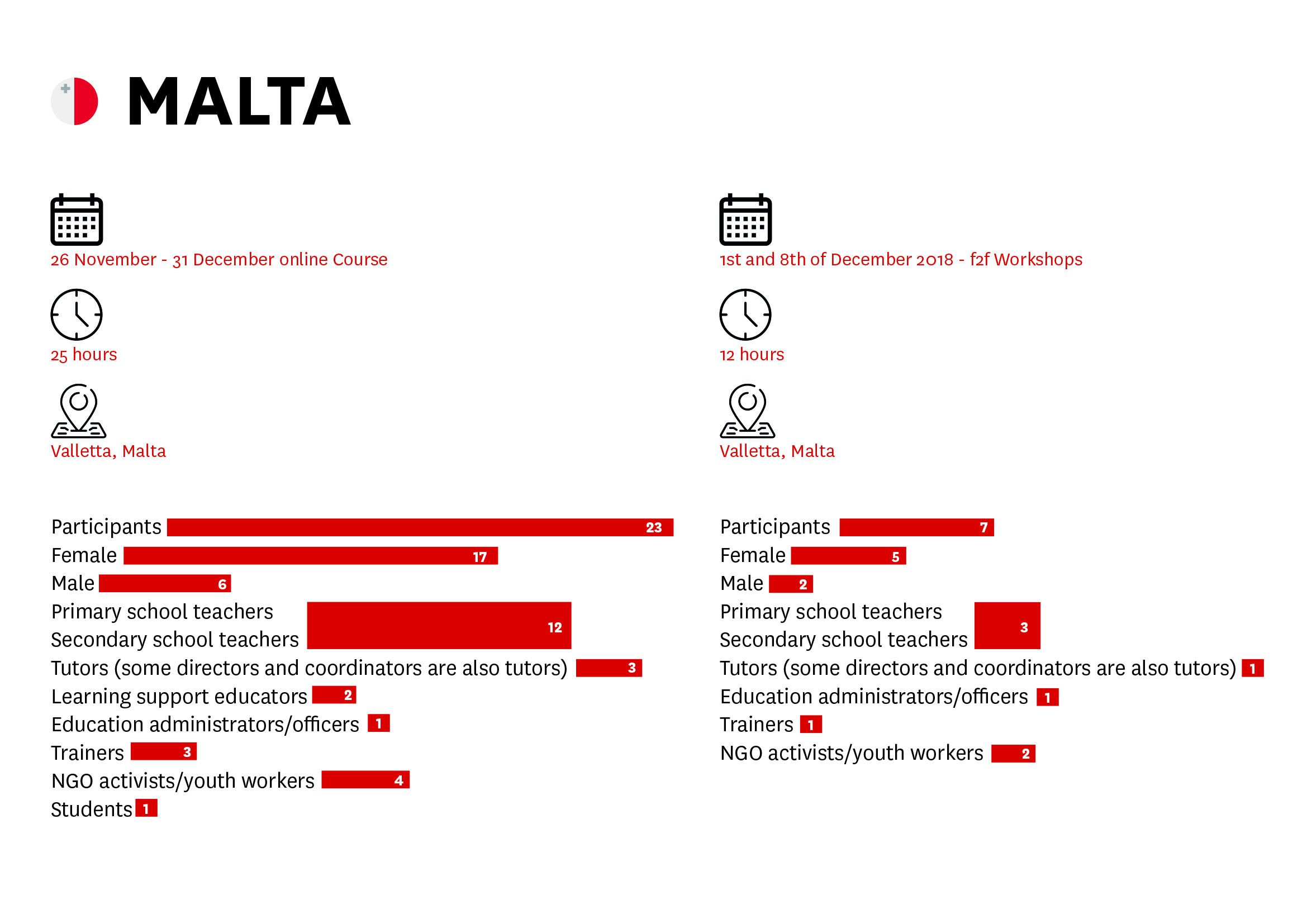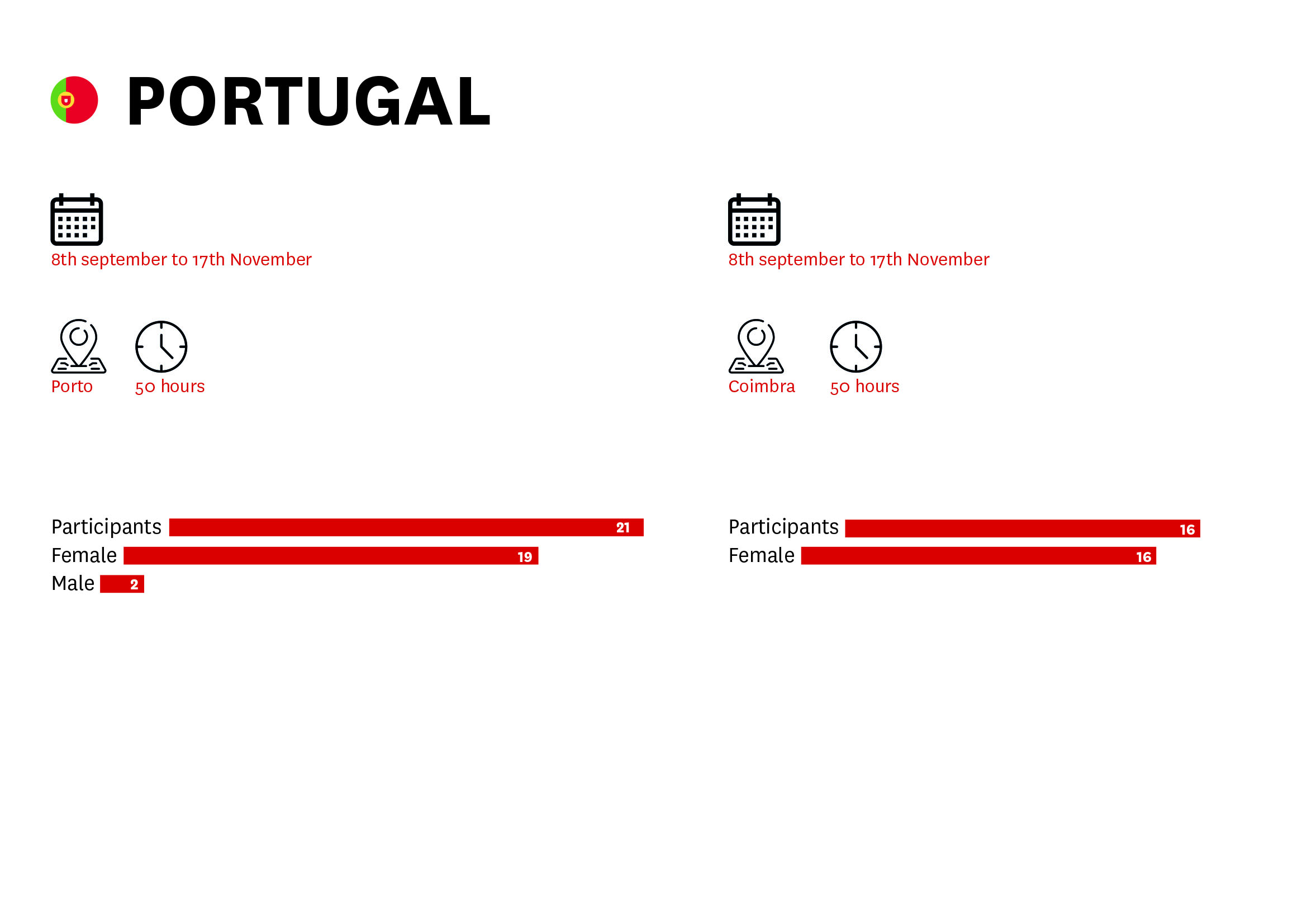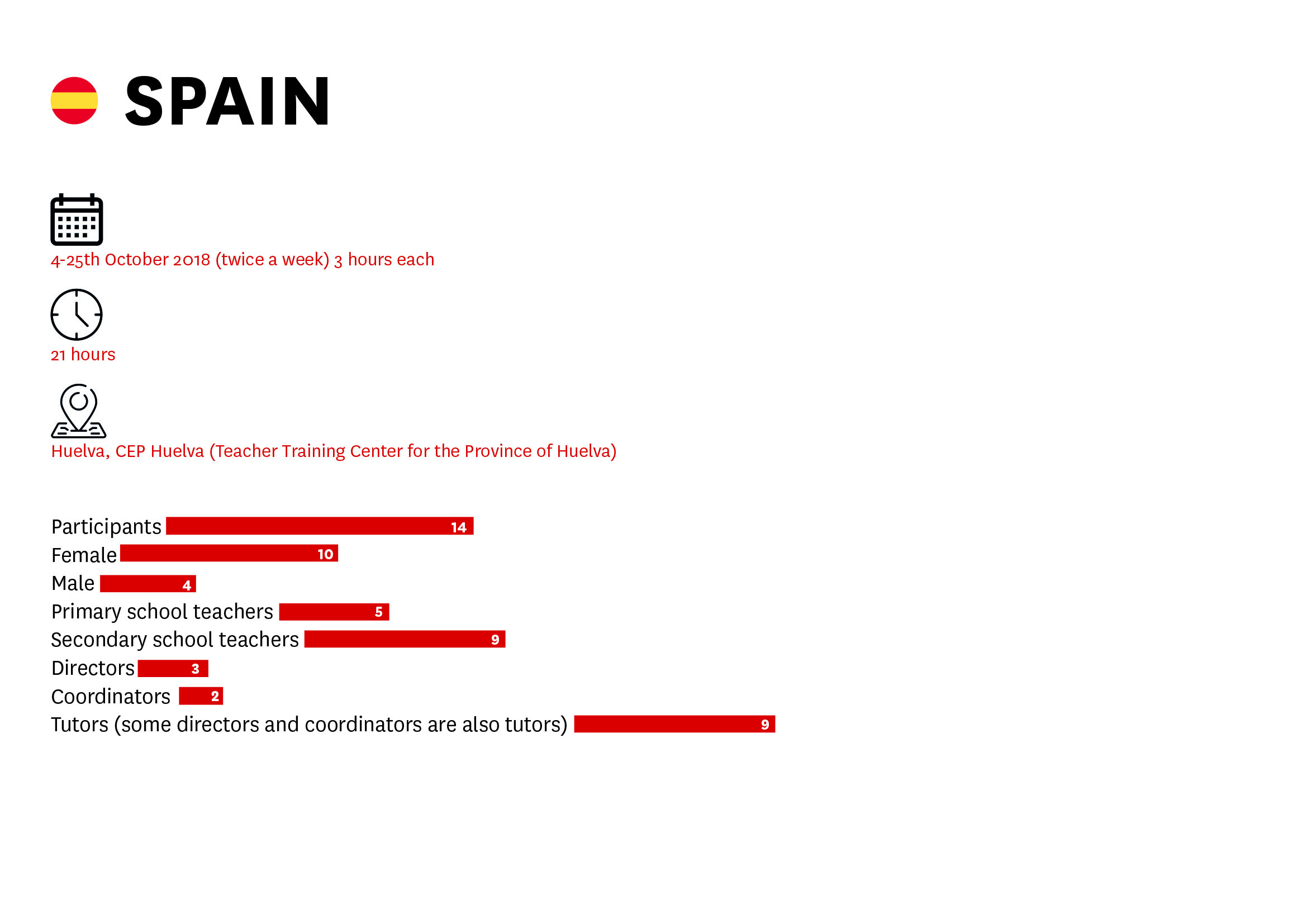Media Literacy is essential in the curriculum and in teacher training to understand the role and functions of the media today. It also empowers citizens to consume information responsibly and improves the exercise of civil rights.
Children and young people have grown up in a technological society and interact with knowledge through social networks and screens. For this reason, they assume an active role and become the main agents in the production and broadcasting of their own content. This interaction with information through different formats, languages and electronic devices does not provide the necessary skills that media competence requires.
This website provides articles, news, guidelines for a Eu digital citizenship (Resource in Italian)
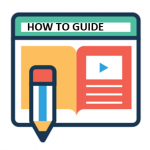
Teacher’s Guide to Digital Citizenship

This comprehensive website provides information for educators, parents, carers, and young people to strengthen their awareness and understanding of what digital citizenship is and encourages users of technology to be and become responsible digital citizens.

This is a thorough repository of resources for educators including MOOCs, lesson plans, and others for different topics related to digital citizenship, it focuses on safety.
Media literacy has an impact on citizens’ freedom of expression as an instrument for strengthening democracy. This fundamental right, recognized in the UDHR, provides citizens with access to public information, to express their thoughts, to participate in the social sphere, to discuss public affairs and to contact national and international organisations.
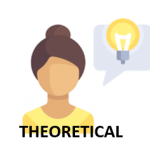
This article provides an argument for the importance of media literacy for critical and engaged citizens, participating in democracy and in new forms of participatory democracy.
For more than a decade, international organisations – UNESCO, UN, EU – have promoted the inclusion of media literacy through various programmes and projects. These initiatives in themselves have not been sufficient for the inclusion of media literacy in education.

This website from Global Alliance for Partnerships on Media and Information Literacy (GAPMIL) provides detailed information about MIL
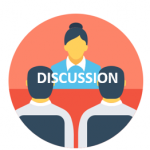
The annual Global MIL Week activities and the feature conference are important opportunities for stakeholders globally to celebrate the progress achieved towards the process of «MIL for all»
International organizations and research groups have developed best practice guides on Media Literacy to assist teachers and families in the effective use of information and media by children and young people.

This paper explores the concept of curation as a pedagogical tool to embolden critical inquiry and engagement in a digital age
The following resource will explore the differences between disinformation and misinformation

This website gives teachers and students from grades 6 through 12 the tools, tips and resources to learn how to tell fact from fiction.
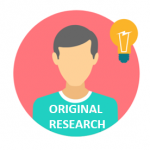
Final report of the High Level Expert Group on Fake News and Online Disinformation

The article explains the concepts of Disinformation, Misinformation Online and Fake News.
A technique used by the media, advertising and large companies to attract users and induce them to click on information.
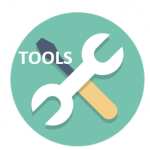
The resource provides tips for analyzing news sources as well as other references to do so.

This article defines clickbait and provides a great list of activities and resources for teachers to use in the classroom about how clickbait headlines are generated and other useful tools.
